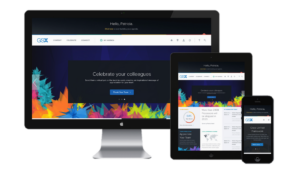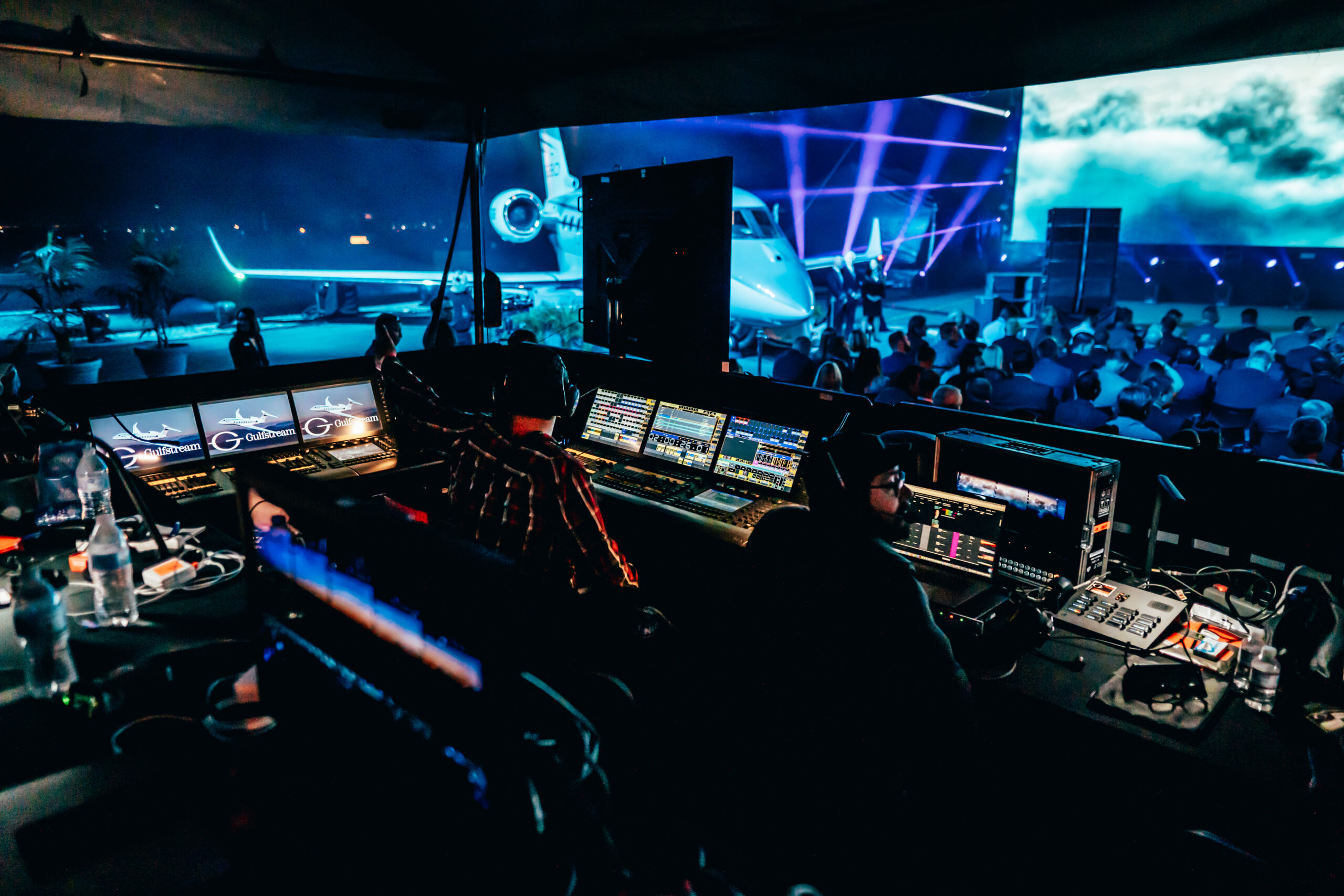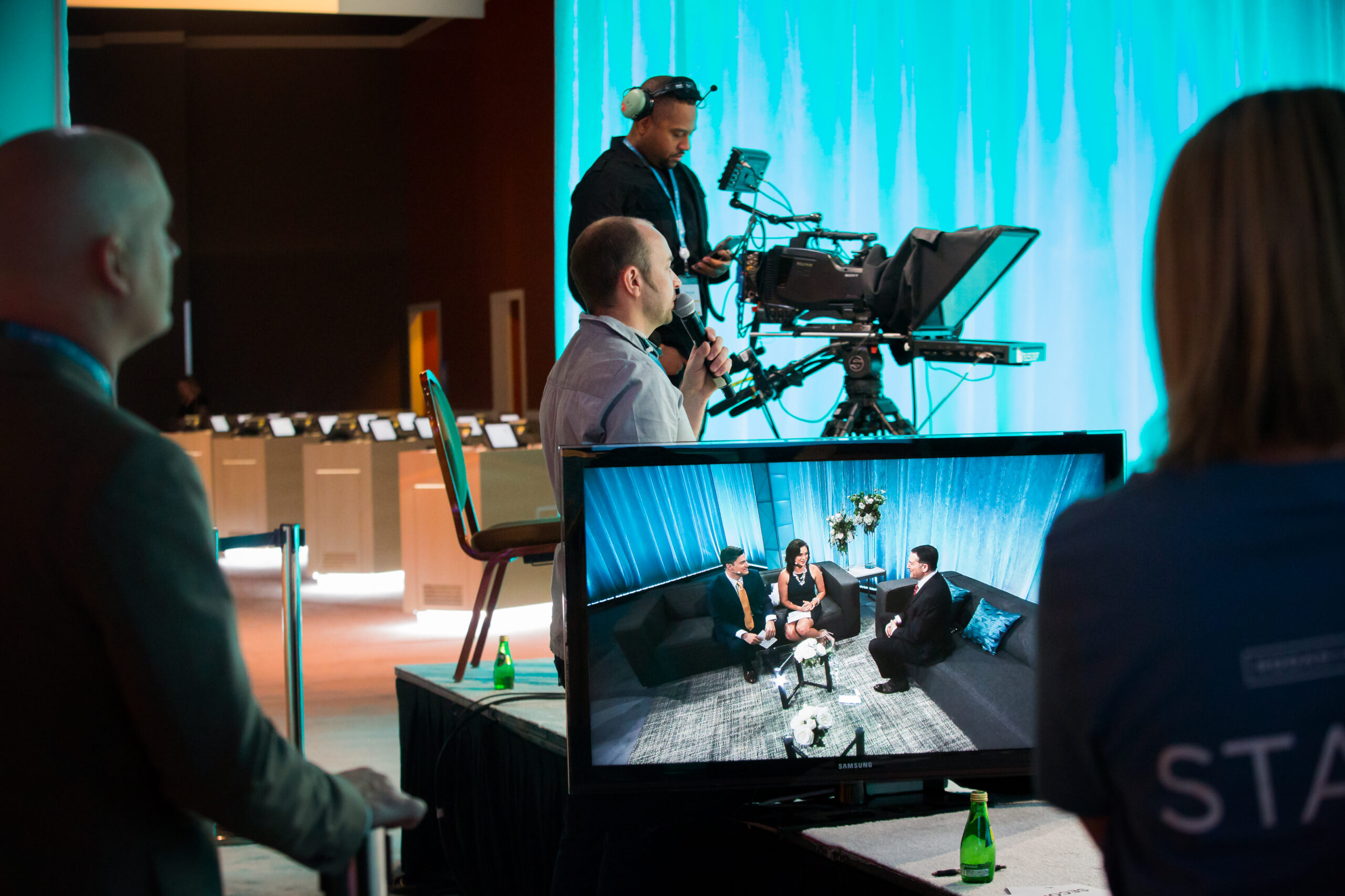By Ken Madden, SVP, Head of Digital Engagement at George P. Johnson
This won’t be the first (or last) piece you read about how COVID-19 has devastated an industry. The road ahead for live events certainly appears daunting. When its customer base instantly vanishes, what can an industry do?
The answer, short and sweet, is to innovate.
I love finding new ways to use tech to solve problems, old and new. I ultimately found my way to experiential marketing after discovering that what I really love about technology is how people experience and interact with it.
While the role of technology in the event space has been steadily increasing over the years, COVID-19 has forced us all to accelerate that process and think more deeply about how technology can help create more meaningful experiences. We’ve had to quickly shift from an evolutionary to a forced revolutionary mindset.
 We made a fast move in 2008 as the financial crisis brought sharp and familiar widespread pain to the economy. Marketing budgets dropped and events went with it. We leaned into our existing digital infrastructure, building remote engagement event strategies into all of our in-person plans as contingency should something go awry.
We made a fast move in 2008 as the financial crisis brought sharp and familiar widespread pain to the economy. Marketing budgets dropped and events went with it. We leaned into our existing digital infrastructure, building remote engagement event strategies into all of our in-person plans as contingency should something go awry.
We executed fully digital events that evolved into hybrid approaches, before returning to physical events. The tech worked but wasn’t fully mature. Since then, those technologies have evolved to become central to all of our campaigns, in-person and digital alike.
So here we are in 2020, facing a shift that was almost instantaneous. The goal of most brands and their agencies in the current climate seems obvious: transition your in-person engagements to digital.
Obvious doesn’t mean easy — transferring both engaging experience and business objectives to a new model can seem daunting. But analyzing the situation indefinitely and doing nothing is worse. Lack of decision is actually a decision.
Brands must take action quickly and decisively to weather the storm as they transition to a digital-first events ecosystem.
Following these four steps is a good way to do it.
1. Put experience design first
Though the arena has changed, your business strategy should not. Just because event-goers are in attendance from their homes, doesn’t mean that your end goals should be different. Be crystal clear about what actions you want your attendees to make, and then modify the journey to get them there.
The basics don’t change. Know your audience, understand what you want them to take away from the experience and consider your marketing and business objectives before you make any decisions on how the experience will come to life.

 .
. 

2. Focus the content
Everyone has come into this event planning season with a ton of content and nowhere to use it. It is neither the time to get weighed down by it nor the time to throw it all out and start again. It’s time to get creative. It’s time to think about how your content can be more engaging for a remote audience.
It’s the same brief with a new lens. Can you tell the same stories through a different medium? Can you immerse an audience in the story? Can you build content that speaks directly to your audience? With creative and strategic thinking, your content can tell stories that connect, immerse, teach and grow.
3. Enhance your production
Production matters…even more so when the audience is remote. You have to produce your content in a way that maximizes the medium. High-resolution quality that speaks directly to your audience is critical.
Whether it’s a keynote, a learning session, a product demo, deeply interactive content or the destination that holds it all together, flawless execution that captures attention and engages the audience across every touchpoint is critical.
4. Integrate your technology
The playing field for technologies that can help you to bring your experience vision to life is huge. When considering all of the tech available, the most important aspect to remember is to use it effectively. Events tend to fall outside of the marketing ecosystem. But there is a huge opportunity in front of us to get that right.
The possibilities of individualization are immense and the ability for measurement is unparalleled. By switching to digital-first events, you’re able to measure and react in real-time all along the journey — and then carry those learnings back to your physical events in the future.
There’s no doubt about it: there are incredible challenges ahead, but even greater opportunities with the right mindset. The world is changing quickly, but nothing says we can’t evolve right alongside it.




